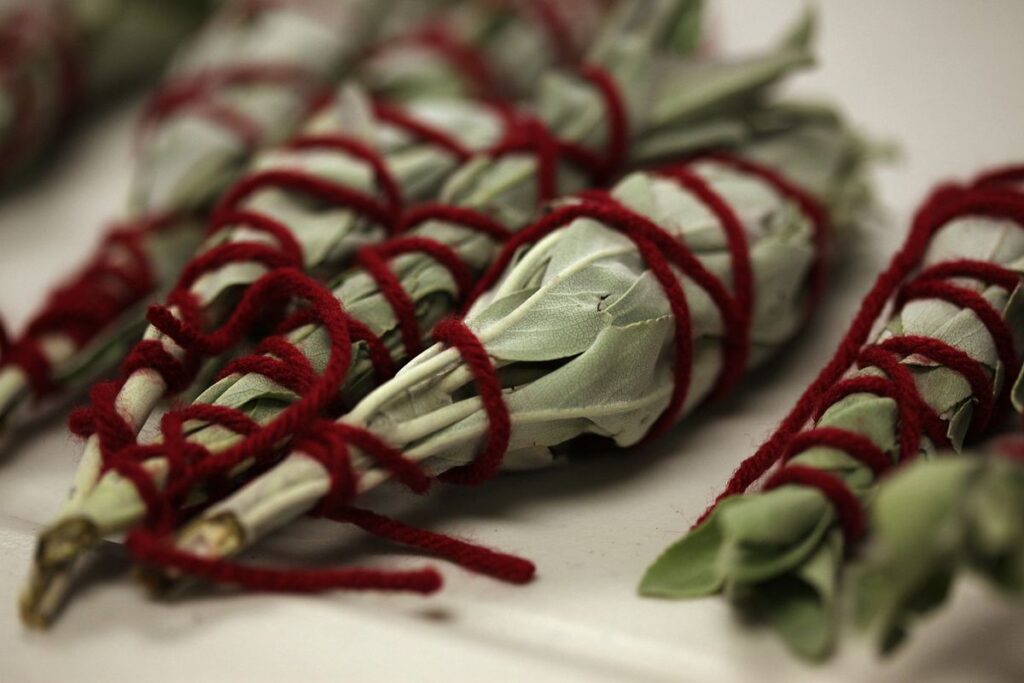
Native American Heritage Month
Friday, Nov 1, 2024 - Saturday, Nov 30, 2024

- This event has passed.
During the month of November, we celebrate Native American Heritage Month to recognize the histories, traditions, and contributions of Native Americans, Alaska Natives, Native Hawaiians, and affiliated Island communities that significantly enhance the values and character of the United States. This November, we aim to highlight the legacies of Indigenous leaders and celebrate those who are actively shaping our society and influencing their communities and culture today.
The University of California, Irvine, stands on the ancestral territories of multiple Indigenous Nations who have maintained their connection to and stewardship of these lands for countless generations, persevering despite the ongoing impacts of colonization.
We acknowledge that UC Irvine has not yet established a formal land acknowledgement statement. We are working with tribal leaders and governments to develop an authentic acknowledgement that both honors their heritage and connection to this land and includes meaningful action toward accountability and healing. We look forward to sharing this statement with the campus community when it is completed.
Join us in honoring the resilience and contributions of Native communities and in fostering a deeper understanding of their ongoing struggles and triumphs.
Read
- This short overview of California Indian history by Edward D. Castillo (Cahuilia-Luiseno) examines pre-colonial regional lifeways of Californian Indians and the devastating impacts of Spanish colonization and the Mission system, the Mexican Republic, the American invasion and Gold Rush, and state and federal government policies. Learn about Native resistance, pan-Indian activism, and the ongoing struggle for tribal rights and sovereignty.
- A Time to Reflect, Recognize Local Indigenous History by Julie Leopo profiles the lives and perspectives of three women with ties to the Acjachemen nation in Orange County.
- Our Sacred Waters: Theorizing Kuuyam as a Decolonial Possibility by Charles Sepulveda (Tongva and Acjachemen) evaluates the conditions of the desecrated Santa Ana River, historicizes its destruction, assesses what is being done to clean it up, and provides tradition as theory to offer an approach to a solution that re-centers a Native view of land.
Watch
- Bodies of Water: Paayme Paxaayt (2023) showcases the voices of Tongva, Chumash, Gabrielino-Shoshone, and Acjachemen tribal folx along with representatives from local BIPOC environmental justice (EJ) organizations. This film celebrates the Tribal and BIPOC EJ advocacy for protecting the health of Paayme Paxaayt (the L.A. River) and what this sacred waterway means to their communities.
- View this brief video on the History of Native California from the Humboldt State University Place-Based Learning Communities.
- The Aqueduct Between Us shares oral histories about water and dispossession in Los Angeles as told by the Indigenous people of Tovaangar (Los Angeles) and Payahuunadü (the Owens Valley).
- Mother Earth: Meet the tribal biologist of the Gabrieleño-Kizh tribe of CA. Matthew Teutimez is the tribal biologist for the Gabrieleño-Kizh tribe of California, is involved with California EPA, and has spearheaded Indigenous gardening programs at local museums and schools. Producer Natasha Brennan (Cahuilla) and Videographer, Editor Toni Reveles share how Matthew is battling a blood disorder and is a big champion of using herbal medicine to treat himself and elders in his community.
Listen
- In this UCI Podcast: Global Identity, Associate Professor Tiara Na'puti in the Department of Global and International Studies shares about her work with Indigenous populations in the Pacific Islands and how that translates to better understanding of global Indigeneity.
- This Acjachemen Planting Song using elderberry clapper sticks is sung by members of Tushmalum Heleckum, the Hummingbird Singers, from the San Juan Capistrano area.
